WATCH — Calgary's links to the Second World War can still be seen today
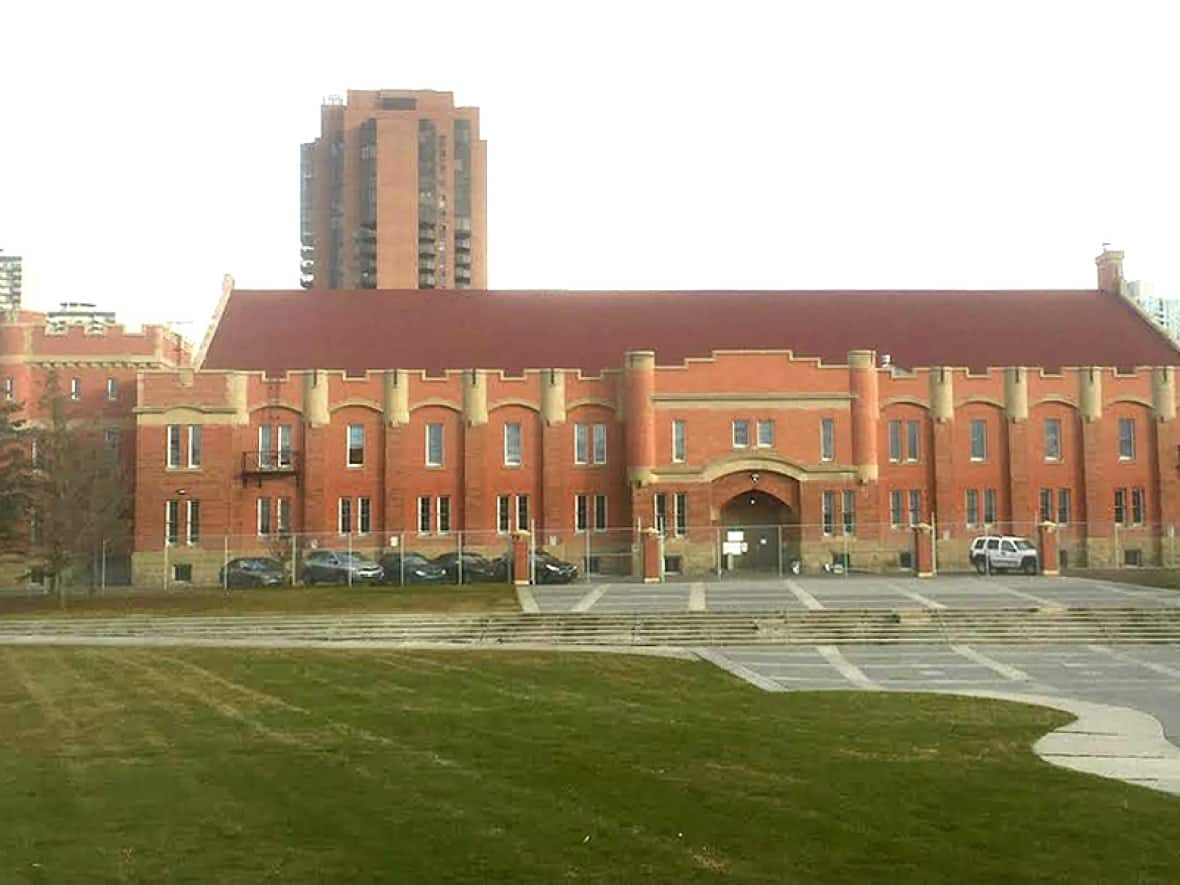
For military and history buffs, sites related to the Second World War can seem far away.
But they still exist right here in Calgary.
Over one million Canadians were in uniform during that war. But many of them joined up, trained, travelled from or convalesced in their hometown.
Here are some significant WW II sites in Calgary. Our tour guide is the executive director of Heritage Calgary, Josh Traptow.
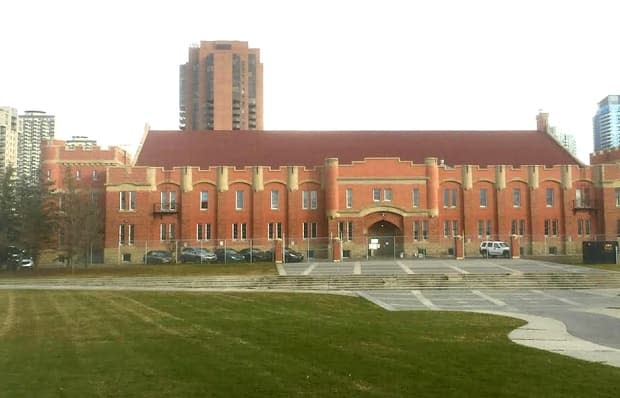
Mewata Armoury
When the war broke out in September 1939, young men interested in volunteering knocked on the door at the armoury, which still stands today in the west end of downtown.
The Mewata Armoury, 801 11th Street S.W., was home base for regiments such as the Calgary Highlanders and the King's Own Calgary Regiment.
The building itself was constructed during the First World War and the drill hall was a place for soldiers to hone their skills.
As such, it was the first place that those agitated by Germany's invasion of Poland could go to sign up for military service.
Its role in recruitment would continue throughout the war, and it's still the site for army recruiting events.
"It's the last major armoury in southern Alberta still in use today," said Traptow.
The building was even more of a dominant landmark during the war because the surrounding area wasn't really considered downtown.
"Downtown West was very much a residential neighbourhood. They were all single family homes, it's nothing like it looks like today," said Traptow.
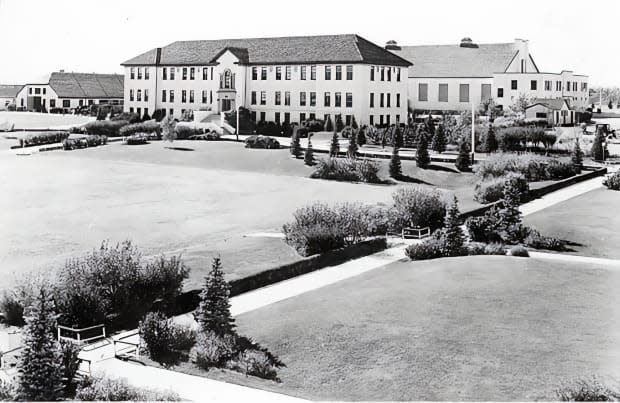
Currie Barracks
Located in the southwest, the sprawling military base was a key site during the Second World War.
Besides its grand parade square, soldiers lived at the base or in quarters just outside its gates while they were stationed in Calgary.
"That's really where all of the regiments were based and where the training happened. There was live-fire training down at Tsuut'ina land and down at the Weaselhead," said Traptow.
Although the lands have officially been cleared of unexploded bombs, even today there are signs posted in the Weaselhead warning of the dangers of ordnance that can still be churned up by the waters of the Elbow River.
There was also an air force base nearby. Then known as Currie Field, or the Calgary Military Airport, the British Commonwealth Air Training Plan established a flying school at the site.
The airfield closed in the 1960s and CFB Calgary was officially closed in 1997. A few of the original buildings still stand today, and the area is being redeveloped by the federal government's Canada Lands Company.
The only military presence left is a storage depot and the Military Family Resource Centre, 4225 Crowchild Trail S.W.
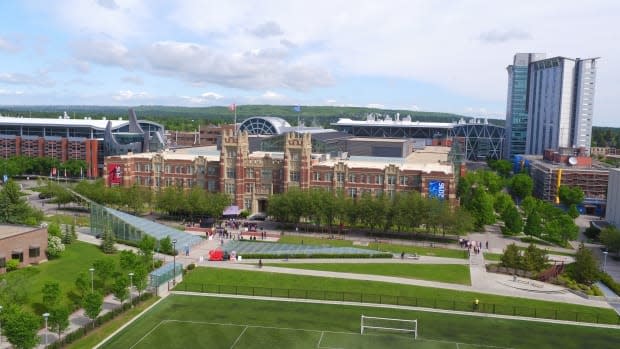
SAIT'S Heritage Hall
Soon after the outbreak of the war, the then Provincial Institute of Technology and Art (PITA) took on a different role.
Traptow said the British Commonwealth Air Training Plan set up shop at Heritage Hall.
It established a school for training air crew in how to be wireless radio operators.
With the military moving in, that meant the school's regular students had to move out.
"All of the PITA students were relocated to the Stampede grounds and they were there for a good part of the war," said Traptow.
He said that besides Canadian and British airmen, wireless operators from Australia and New Zealand also took courses at Heritage Hall.
The building still stands today and SAIT Polytechnic, 1301 16th Avenue N.W. SAIT recently marked Heritage Hall's 100th anniversary.
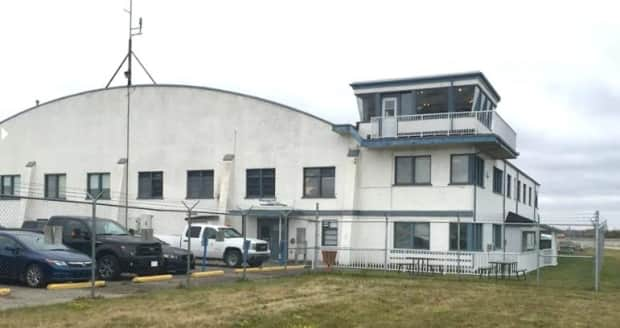
Municipal airport
When the Second World War broke out, Calgary was putting the finishing touches on a new municipal airport. It was located at the south end of the current runways at YYC.
The federal government took over the site in 1940 and, once again, in moved the British Commonwealth Air Training Plan. It trained pilots at the airport and they also marched at a nearby drill hall.
But more than just Royal Canadian Air Force planes could be spotted at the airport during the war.
"The U.S. government had also purchased a quarter section of land up at the airport as well to build their own hangar," said Traptow.
"There were lots of American planes that would have flown up from the States, refueled there and then flew up north across the Arctic over into Russia for the Soviets to use."
Under its Lend-Lease program, the U.S. flew to the U.S.S.R. thousands of P-39 and P-63 fighter planes, among others.
They set out from Great Falls, Mont., and passed through Lethbridge and Calgary on their way north to Alaska, where they were handed over to Soviet pilots.
Besides some of the runways, the wartime facilities that remain today include the old municipal airport hangar as well as the drill hall, which today is home to Calgary's Hangar Flight Museum, 4629 McCall Way N.E.
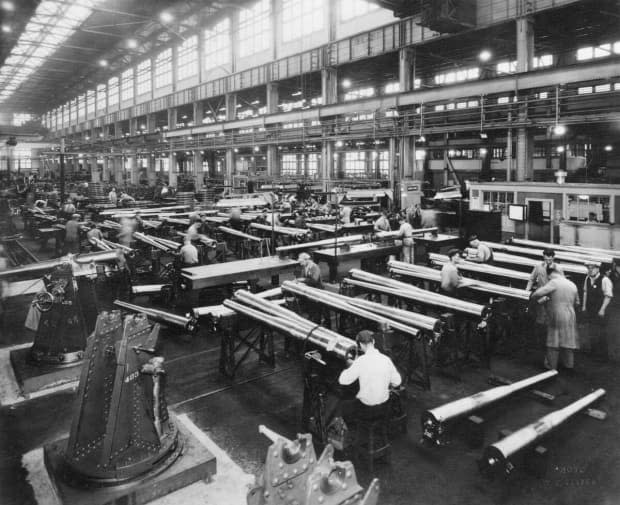
Ogden shops
As Canada moved to a total war footing in the early 1940s, many businesses switched over to wartime production. Calgary was no exception.
The Canadian Pacific Railway maintained locomotives at its Ogden shops but with the advent of the war, its mission changed.
"The Ogden shops produced both munitions and naval guns. At the high point, they had almost 2,500 men in those shops producing materials," said Traptow.
"They started with munitions, and I think it was in 1941 they moved to the creation of naval guns."
Those Ogden guns were installed on Canadian warships and were used extensively in the Battle of the Atlantic.
"Without those guns, there likely would have been a significantly greater loss of lives and ships if those guns were not manufactured, not only here in Calgary at the Ogden shops but other places in Canada," said Traptow.
When the war ended, CP switched the shops back to locomotives.
The building where the weapons were manufactured can be seen today at the railway's Ogden yards.
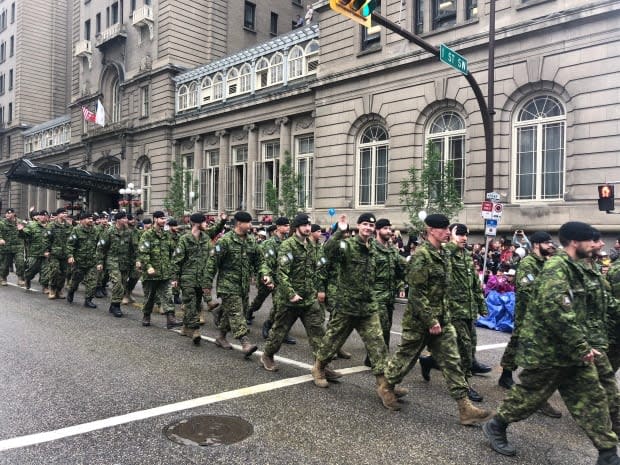
CP's train station
CP's downtown passenger rail station was a significant site in Calgary during the Second World War.
The simple reason is: If you were in uniform and like the vast majority of people leaving town by rail, you had to pass through that terminal to head off to war.
"Obviously, that scene would have been the site for lots of tears, lots of sadness as those soldiers were leaving, and then tears of joy when those soldiers returned as well," said Traptow.
This piece of Calgary's wartime history is long gone.
The train station was torn down in the 1960s to make way for the Calgary Tower and Palliser Square, although some little-used railway platforms remain.

Colonel Belcher hospital
With any war comes death and injury.
The federal government had established the Colonel Belcher hospital in the First World War to treat injured soldiers.
With the outbreak of another major war, it realized quickly it needed a new site for the wounded who would be coming home.
Construction started in 1942 on the building at Fourth Street and 12th Avenue S.W., and the hospital opened a year later.
Traptow said further expansion plans developed quickly.
"The War Department bought the Burns Manor (next door) and built a new hospital there and used the Burns Manor as part of the convalescence for those soldiers."
By the end of the war, more than 375 patients were being treated at the Belcher site.
Over time, the number of veterans dwindled and the building aged. In the late 1990s, it was time for something new.
The old building was torn down and the site is now home to the Sheldon Chumir Health Centre.
In 2003, a new Colonel Belcher facility opened in Parkdale as a long-term care centre.
To this day, some Canadian veterans are cared for at the Colonel Belcher.


